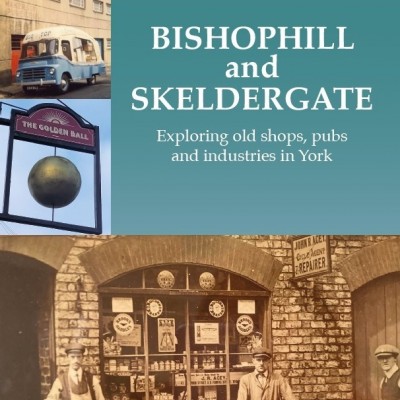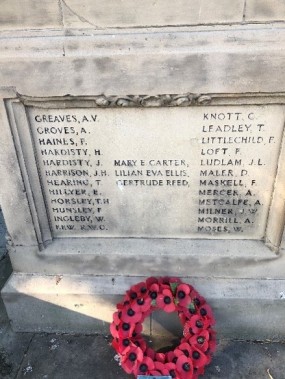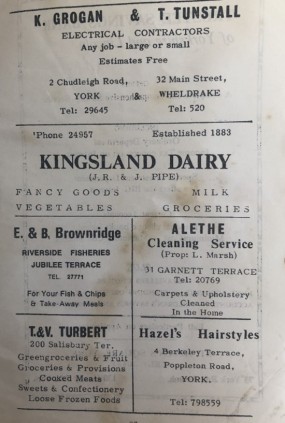03rd September 2022
Inspiring children’s interest in their local area
Our guest blogpost is by Rachel Bruce, who was awarded a Historical Association Teacher Fellowship in Local History. She’s a teacher at St Barnabas Primary School, York, and was keen to investigate with the children how much the Leeman Road area had changed over time.


 The local war memorial proved to be a starting point. I was able to use Commonwealth War Graves information and census data to assemble stories of some of the men on the Salisbury Road memorial. An unusual feature was the inclusion of three women, killed in a munitions factory explosion in Leeds, and known as the Barnbow Lasses. We even discovered some of our pupils were living in the houses that the fallen soldiers had lived in. The children were fascinated.
The local war memorial proved to be a starting point. I was able to use Commonwealth War Graves information and census data to assemble stories of some of the men on the Salisbury Road memorial. An unusual feature was the inclusion of three women, killed in a munitions factory explosion in Leeds, and known as the Barnbow Lasses. We even discovered some of our pupils were living in the houses that the fallen soldiers had lived in. The children were fascinated. I therefore created a series of lessons using different sources that children could use to learn more about how the Leeman Road area has changed over time. I was lucky to find a range of sources including historic maps, photographs, trade directories and a survey by the Rowntree family into the shops of the Leeman Road area in the 1920s. The details included were fascinating, listing what shops stocked and even telling of rivalry between shopkeepers. I also found adverts in parish magazines which revealed how different the shops were before the rise of supermarkets.
I therefore created a series of lessons using different sources that children could use to learn more about how the Leeman Road area has changed over time. I was lucky to find a range of sources including historic maps, photographs, trade directories and a survey by the Rowntree family into the shops of the Leeman Road area in the 1920s. The details included were fascinating, listing what shops stocked and even telling of rivalry between shopkeepers. I also found adverts in parish magazines which revealed how different the shops were before the rise of supermarkets.
